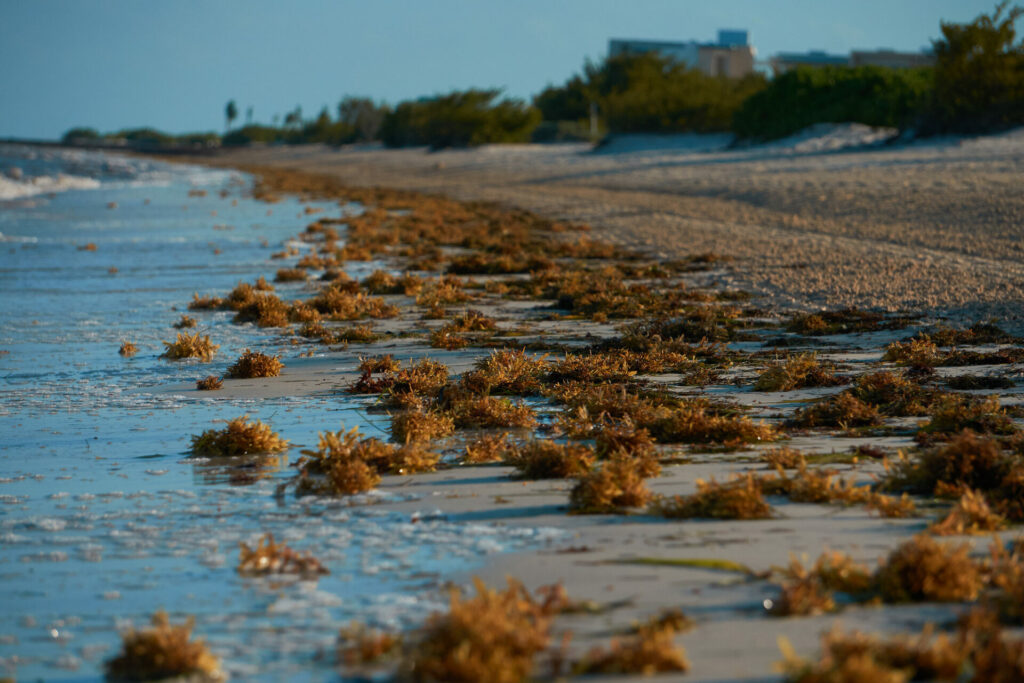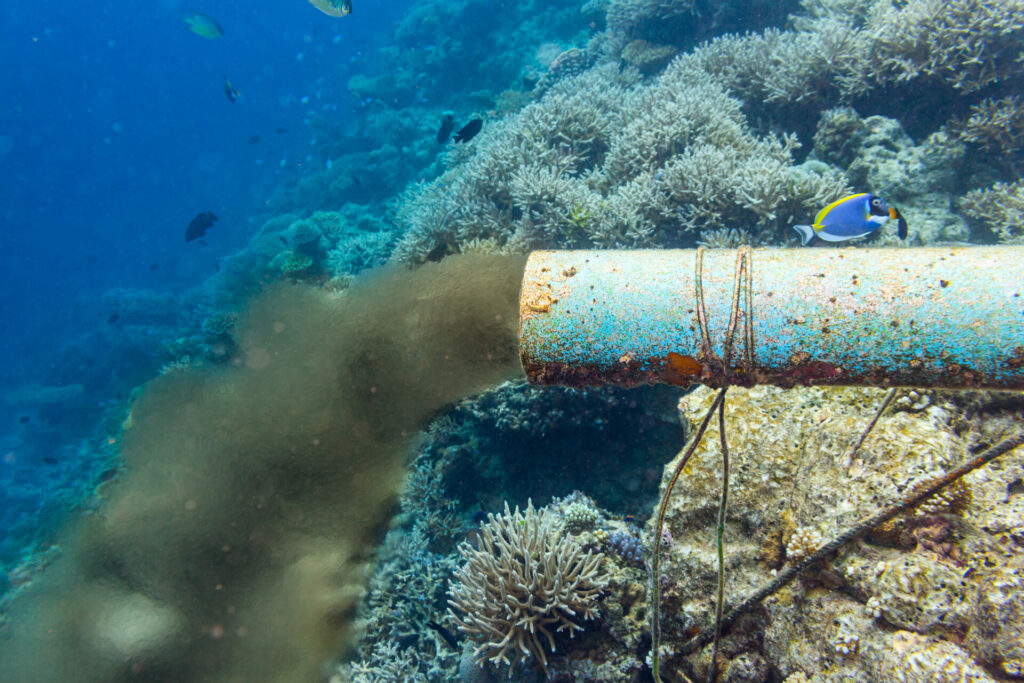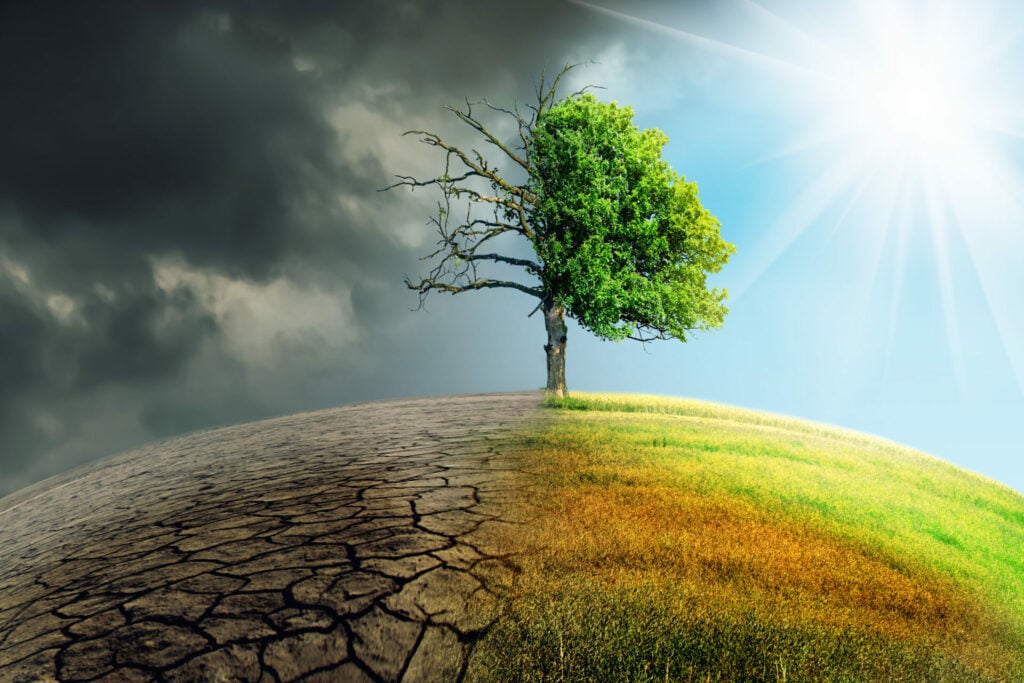A giant blob of seaweed is heading to the coast of the USA and threatening Florida’s beaches.
The rotting mass, known as the Great Atlantic Sargassum Belt, and stretching 5,000 miles is drifting toward Florida and through the Caribbean.
At 10 million pounds, it is so large that it can be seen from space as it spreads out in the Atlantic Ocean providing shelter and breeding grounds for fish, crabs and sea turtles.
Historically, sargassum has been a natural part of the ocean ecosystem for 30 million years, but in the past decade that oasis has blossomed into a size capable of causing serious damage
Scientists say when it washes ashore this summer it will begin to rot, emitting toxic fumes and fouling the region’s beaches over the busiest summer months.
The seaweed has already begun to creep onto the shores of Key West, while in Mexico, parts of the Yucatán Peninsula are preparing for up to 3 feet of sargassum buildup in the coming days.

Sargassum — a type of macroalgae that is naturally abundant in the Sargasso Sea — has long been seen floating in mats across the North Atlantic. But in 2011, scientists began to observe extraordinary accumulations of the seaweed extending in a belt from West Africa to the Caribbean Sea and Gulf of Mexico.
Fossil fuel emissions and the burning of biomass — such as trees after deforestation —produce nutrients for the blob, and humans have raised nitrogen levels by unleashing sewage and fertiliser into the sea.
It appeared to be seasonal — coinciding with the discharge of major waterways, including the Congo, Amazon and Mississippi rivers.
This water runoff helps to feed the mass with nitrogen and phosphorus, said Brian Lapointe, a research professor at Florida Atlantic University, who has spent most of his career studying sargassum.
Dangerous algal blooms are often caused by pollution, and sargassum is no different. Fertilisers used in the agriculture industry release chemicals laden with nutrients to improve crop yields, into nearby rivers which then head out to sea. This releases the same nutrients onto sea plants, inadvertently aiding their growth too.
Fossil fuel emissions and the burning of biomass – such as trees after deforestation – also produce nutrients for the blob, and humans have raised nitrogen levels by unleashing sewage and fertiliser into the sea.

Meanwhile, dust blown over the oceans from the Sahara Desert sprinkles the water with phosphorus and heavy storms can stir up the nutrient-rich muck at the bottom of the sea.
‘These blooms are getting bigger and bigger and this year looks like it’s going to be the biggest year yet on record,’ Dr. Lapointe said. ‘This is quite early to see this much, this soon. It just doesn’t bode well for a clean beach summer in 2023.’
Harmful to Health
As the sargassum begins to die, it degrades the water quality and pollutes beaches, scientists say. It can also choke vital mangrove habitats and suck oxygen out of the water. The decaying algae also releases hydrogen sulphide, a colourless gas that smells like rotten eggs, and can cause respiratory problems in humans.
That gas can also irritate the eyes, nose, and throat, according to the Florida Department of Health. Tiny sea creatures, like jellyfish, may also live in sargassum and can irritate skin.
The seaweed in such large capacities can also harm marine and land biodiversity. The tangled mass can cover coral reefs, and affect small beach dwelling creatures living like crabs and clams.
The seaweed also brings with it economic concerns. Sargassum invasions can stifle tourism, and removing hundreds of tons of algae from beaches is costly.
But Brian Barnes, an assistant research professor at the University of South Florida’s College of Marine Science, told NBC News the sargassum could be more than a nuisance.
‘Even if it’s just out in coastal waters, it can block intake valves for things like power plants or desalination plants, marinas can get completely inundated and boats can’t navigate through,’ he said. ‘It can really threaten critical infrastructure.’
Seaweed Blooms the New Normal
Chuanmin Hu, who is part of a team of University of South Florida oceanography professors who track sargassum blooms via satellite said Florida is probably stuck with major seaweed blobs for the foreseeable future.
‘It will become a new normal,’ he said. ‘Actually, it has already become a new normal compared to 10 years ago.’
Last summer, US Virgin Islands declared a state of emergency, after unusually high amounts of sargassum piled up on its shores, badly affecting a desalination plant on the island of St. Croix.
And in 2018, after a mass bloom that sprawled across about 5,500 miles in the Atlantic Ocean, doctors on the Caribbean islands of Guadeloupe and Martinique reported thousands of cases of acute exposure to hydrogen sulphide.
In the past, beach towns have turned to various measures to rid themselves of sargassum: In Mexico, the navy has been recruited to scoop the seaweed from the ocean, and rake the country’s beaches.













